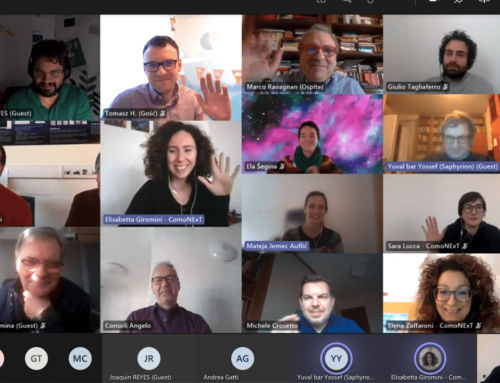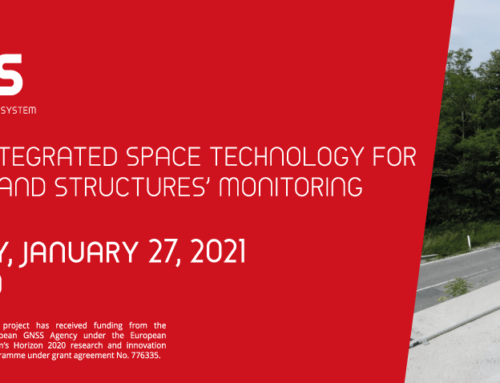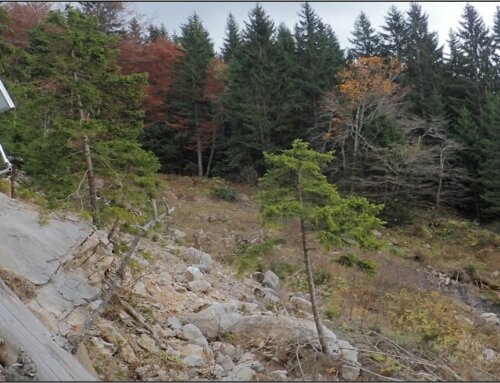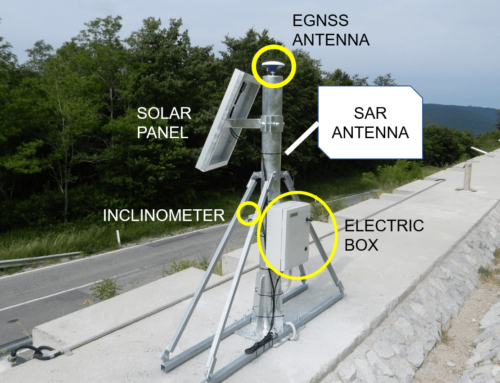The key Synthetic Aperture Radar (SAR) techniques used for deformation monitoring are the Differential Interferometric SAR (DInSAR) technique, which is usually used to process single pairs of SAR images, and the Persistent Scatterer Interferometry (PSI) technique, which is used to process large stacks of SAR images acquired over the same area.
The GIMS project will be based on the PSI technique. The SAR data addressed in the GIMS project are those provided by the Sentinel-1 sensors: Sentinel-1A and Sentinel-1B. These sensors provide C-band interferometric SAR data.
The DInSAR and PSI techniques work over temporally coherent targets (points). Examples of such targets are man-made objects, rocky areas, etc. In order to work on vegetated areas, DInSAR and PSI require to deploy devices that behave coherently over time. Such devices can be passive corner reflectors (metallic devices that respond well to the microwaves) or active corner reflectors (ACR).
The main limitations of the former ones is the size of these devices, e.g. dihedral or trihedral devices which in C-band can have edges of 80-100cm. The latter ones are based on electronic components. The market of such devices is rather limited. Their cost can be of some thousand euros each.




